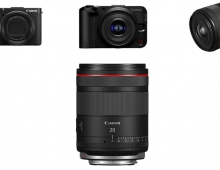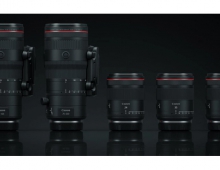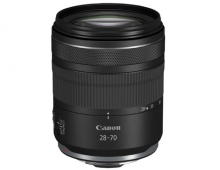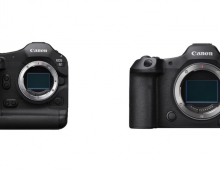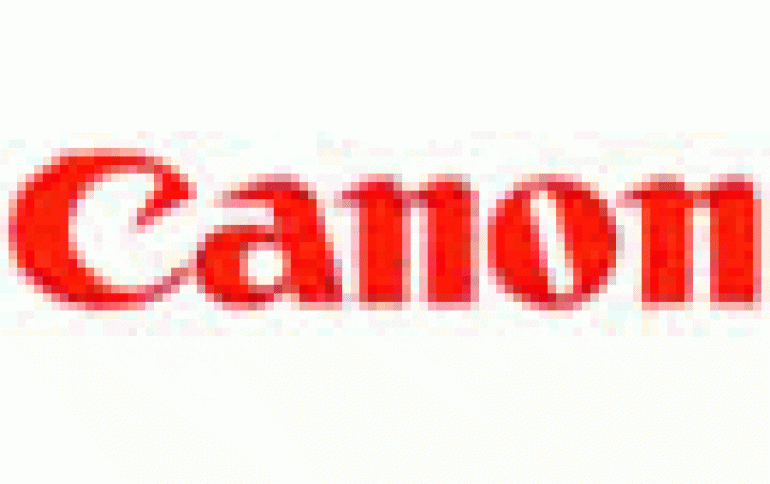
Canon Introduces Fuel Cell
Japan's Canon said on Tuesday it has developed tiny fuel cells that it hopes will start replacing conventional batteries to power some of its digital cameras and printers in three years.
Canon will join a number of companies, including Toshiba, NEC and Hitachi, that are working on the development and commercialisation of fuel-cell batteries for the next-generation of consumer electronics.
Fuel-cell technology mixes hydrogen and oxygen to generate electricity and is considered a promising replacement for today's lithium-ion batteries, which are widely used to power a range of mobile products from notebook PCs to mobile phones.

Canon, the world's top maker of copiers and cameras, is aggressively investing in the development of new products, keen to cultivate new growth drivers as the digital camera market slows and competition in the printer and copier markets heats up.
The move is also in line with its plan to cut procurement costs by bringing more production of key parts in-house. Canon is also developing organic light-emitting diode (OLED) displays to replace the liquid crystal displays (LCD) it buys from other firms for use in its cameras and printers.
While most of the development of tiny fuel cells is currently focused on devices that derive hydrogen from methanol, Canon is working on a system that supplies hydrogen directly from a refillable cartridge.
Canon's system would be more environmentally friendly because fuel cells that extract hydrogen from methanol emit some carbon dioxide as a byproduct. Fuel cells that use only hydrogen do not.
The Tokyo-based company has developed three prototypes. One is relatively large and would likely be used in a compact printer, another is the right size for a digital camera, and the smallest is about 3 cm by 4 cm (1.2 by 1.6 inches) for tinier mobile devices.
Fuel cells promise longer battery life than existing lithium-ion batteries but there are several hurdles on the road to commercialisation. Prototypes are typically much larger and makers must establish an easy way to provide consumers with fuel.
Canon has not yet decided on how to sell the product, but would likely refill the hydrogen cartridges at Canon outlets.
Fuel-cell technology mixes hydrogen and oxygen to generate electricity and is considered a promising replacement for today's lithium-ion batteries, which are widely used to power a range of mobile products from notebook PCs to mobile phones.

Canon, the world's top maker of copiers and cameras, is aggressively investing in the development of new products, keen to cultivate new growth drivers as the digital camera market slows and competition in the printer and copier markets heats up.
The move is also in line with its plan to cut procurement costs by bringing more production of key parts in-house. Canon is also developing organic light-emitting diode (OLED) displays to replace the liquid crystal displays (LCD) it buys from other firms for use in its cameras and printers.
While most of the development of tiny fuel cells is currently focused on devices that derive hydrogen from methanol, Canon is working on a system that supplies hydrogen directly from a refillable cartridge.
Canon's system would be more environmentally friendly because fuel cells that extract hydrogen from methanol emit some carbon dioxide as a byproduct. Fuel cells that use only hydrogen do not.
The Tokyo-based company has developed three prototypes. One is relatively large and would likely be used in a compact printer, another is the right size for a digital camera, and the smallest is about 3 cm by 4 cm (1.2 by 1.6 inches) for tinier mobile devices.
Fuel cells promise longer battery life than existing lithium-ion batteries but there are several hurdles on the road to commercialisation. Prototypes are typically much larger and makers must establish an easy way to provide consumers with fuel.
Canon has not yet decided on how to sell the product, but would likely refill the hydrogen cartridges at Canon outlets.




